In 1967, Union Carbide employee Karl Kordesch made a fuel cell using nickel–cadmium —later replaced with a hydrazine fuel cell— and created a hybrid electric motorcycle with a range of 200 miles and a top speed of 25 mph. Serial innovator Floyd Clymer built the Papoose prototype electric Indian bike the same year. Six years later Mike Corbin took it one step further.
Popular motorcycle custom seat maker Corbin is based in Hollister, California, about 100 miles south of San Francisco. The company celebrated its 50th anniversary recently, and few newer riders are likely to know about company founder Mike Corbin’s significant role in electric motorcycle development in the 1970s. His experiments with electric motorcycles range from an electric minibike, to an electric street bike with production intentions, to an electric land speed bike, which set a record of 161.387 mph round trip, with trap speeds over 201 mph at the Bonneville Speedway in Wendover, Utah in 1974. The record stood for 38 years until the Lightning LS-218 surpassed it in 2012. Later, he attempted to mass-produce an electric personal mobility vehicle, the Sparrow, and received $40Million in orders!
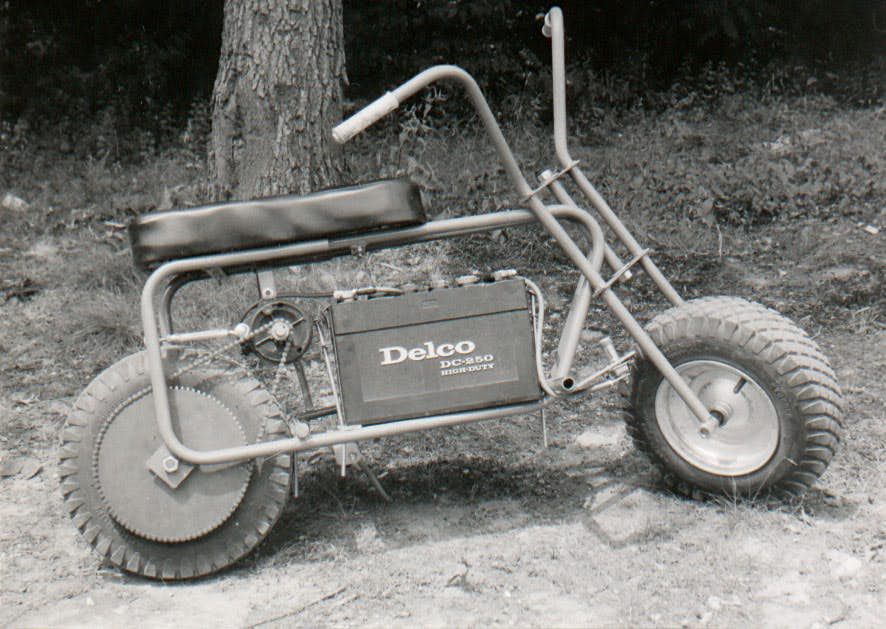
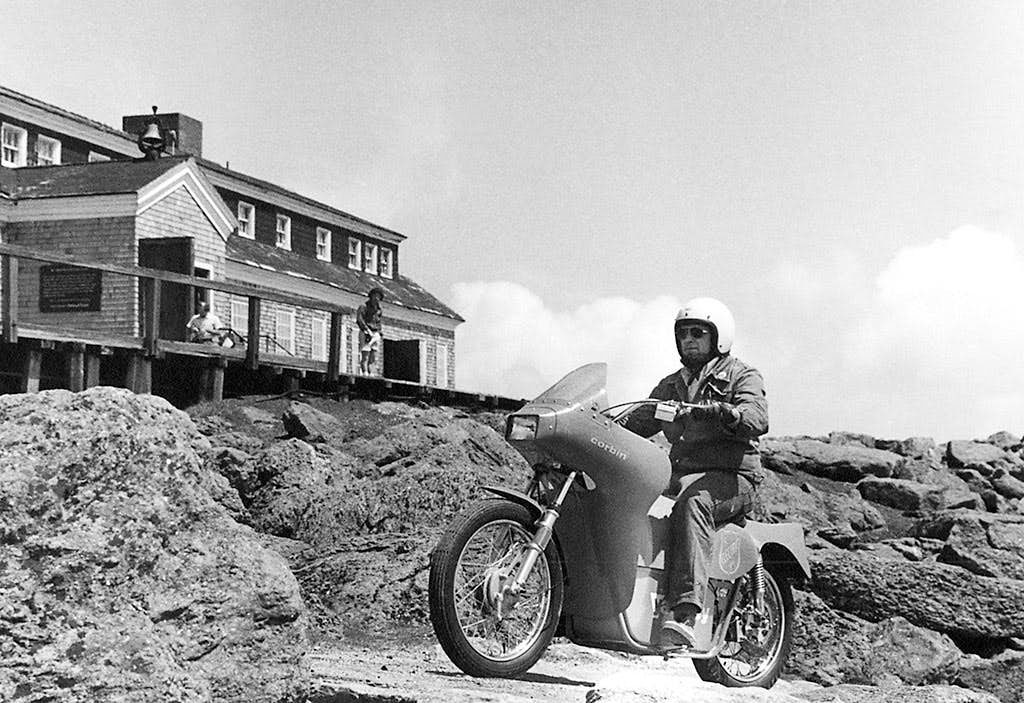
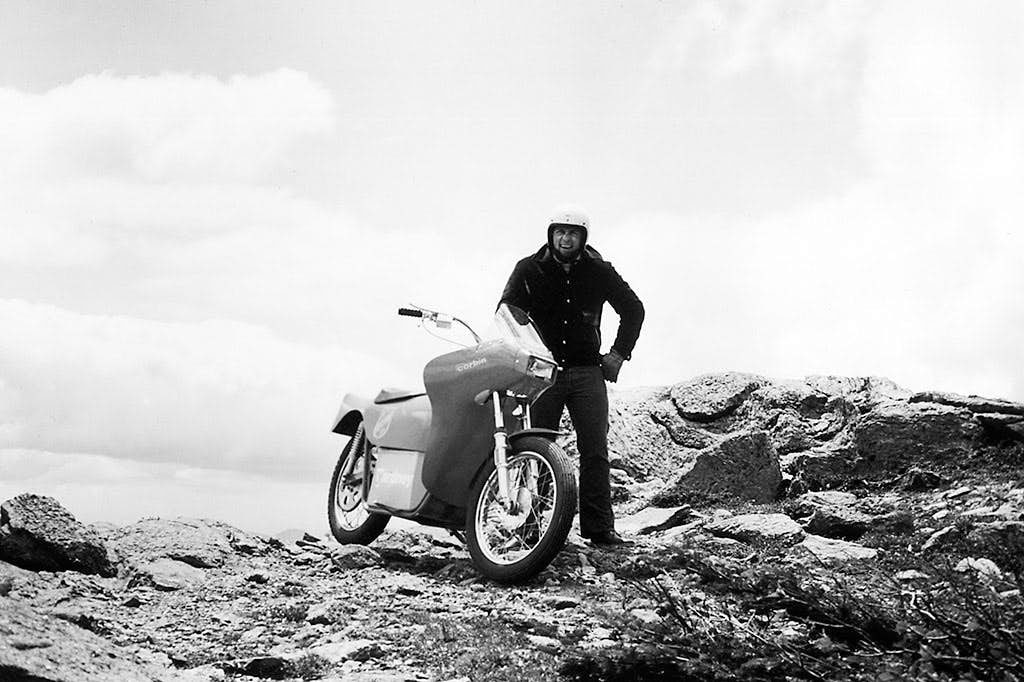
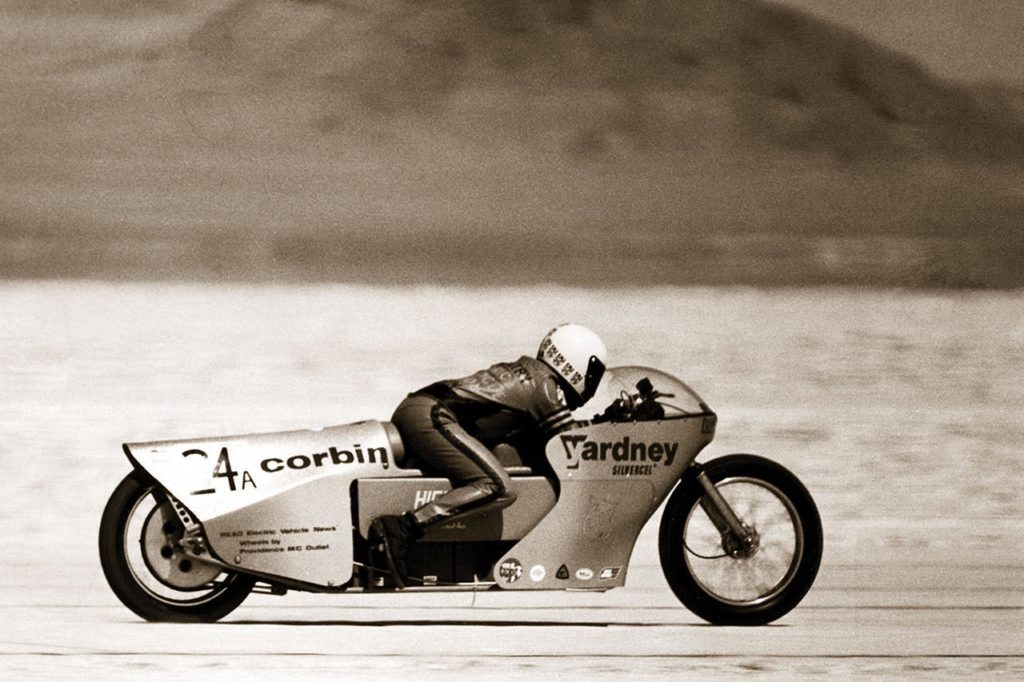
“When Lightning came along, they had the battery chemistry down. Plus, what you have now are the AC controllers, those and the AC motors are just unbelievable. You have such amazing equipment now that it’s almost unlimited what we’re going to be able to do with electric vehicles.
“But in those days, it had to be DC if it wasn’t gonna have a wire on it. DC electricity itself limits you a great deal. Everything’s heavier and high amperage. So the A4B DC starter motors; we bought a full pallet of them from the Navy surplus, because they used to burn up. You’d get going like hell, and they’d overheat and solder would come out of the commutators. And these copper bars would fly out into the motor, and you’d have to throw the whole thing away. So I had a bunch of those, I think I’ve still got some out in my warehouse.
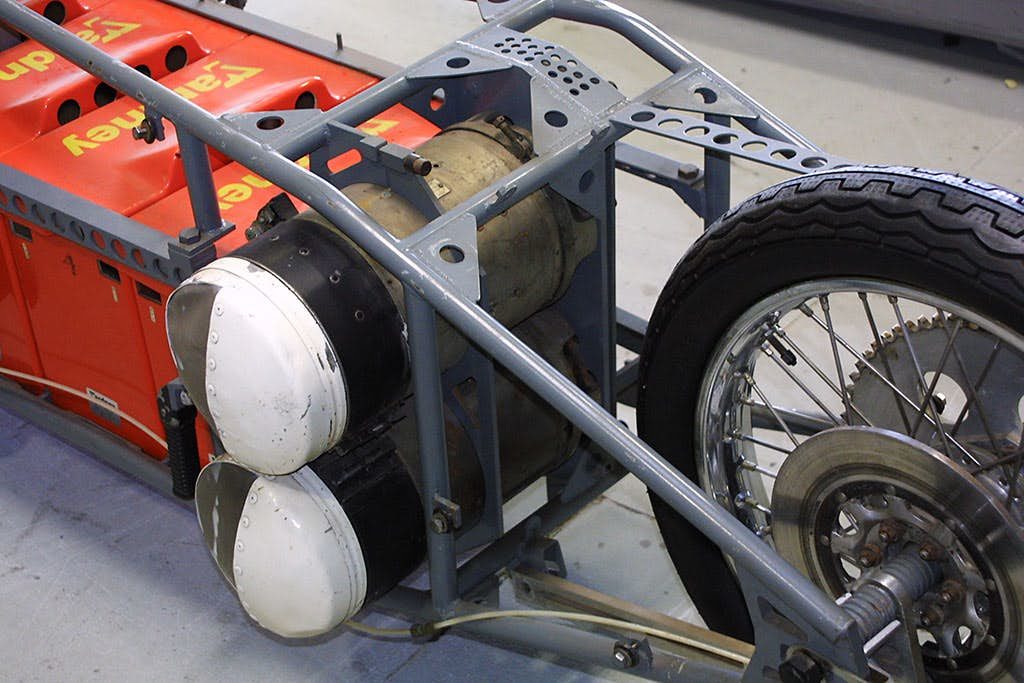
“So it’d start at 12 volts, then you’d switch to 24 volts, then you’d go to 120. If you put the 120 volts on immediately, the wheel would just spin and dig a hole right in the salt. So we had a flying start, we’d tow the bike up to anywhere between 40 and 60 mph with a car, then I had an ejection rope, you’d spring load this thing and it’d fall in the salt, and I’d go around the car and start accelerating.”
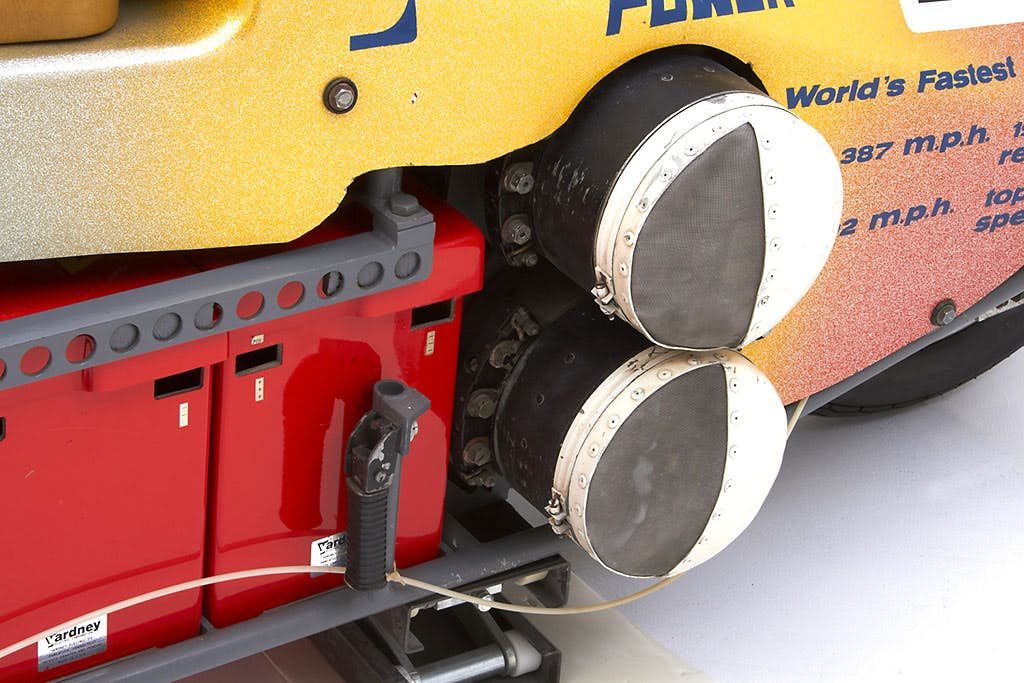
“There was this guy, his name was Dr. Petrocelli, he was a naval engineer. He’d been a big shot in the Navy and he was the CEO out at Yardney Electric, who made those batteries for the nuclear subs. I got along great with him, because I’d been an electrician in the Navy. So he says “well, it’s $100,000 for the battery.” And I said “well I don’t have no hundred thousand dollars for a battery.” He says “well, it’s really worth it, because there’s a hundred thousand dollars worth of silver in it.” And I go “well yeah, I understand that, but I don’t have a hundred thousand dollars for a battery. You’re the sponsor, that’s your problem.”
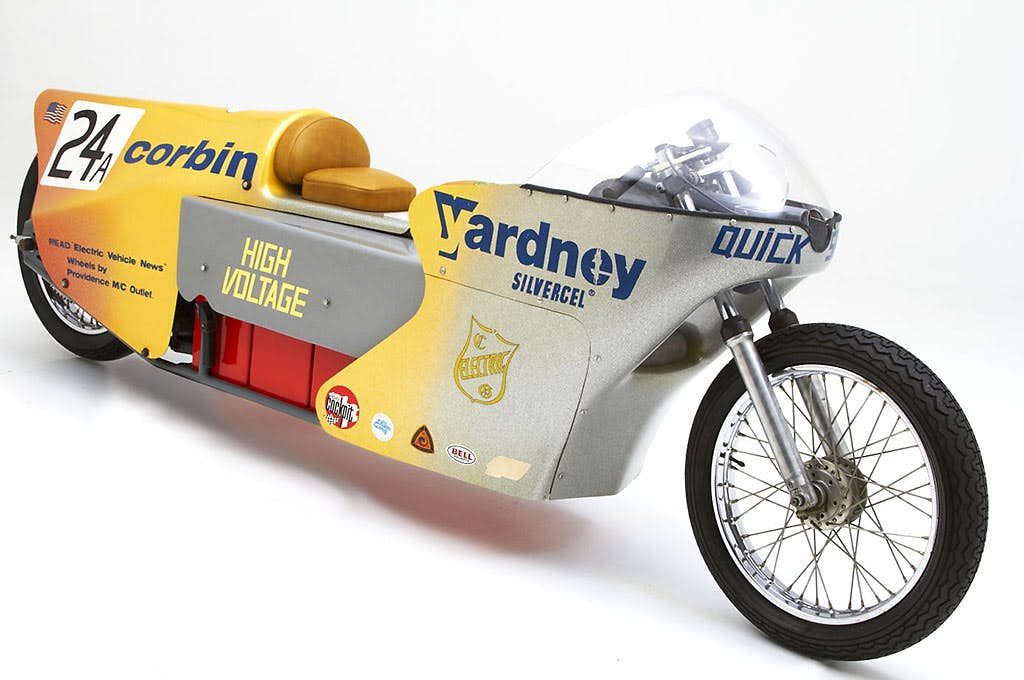
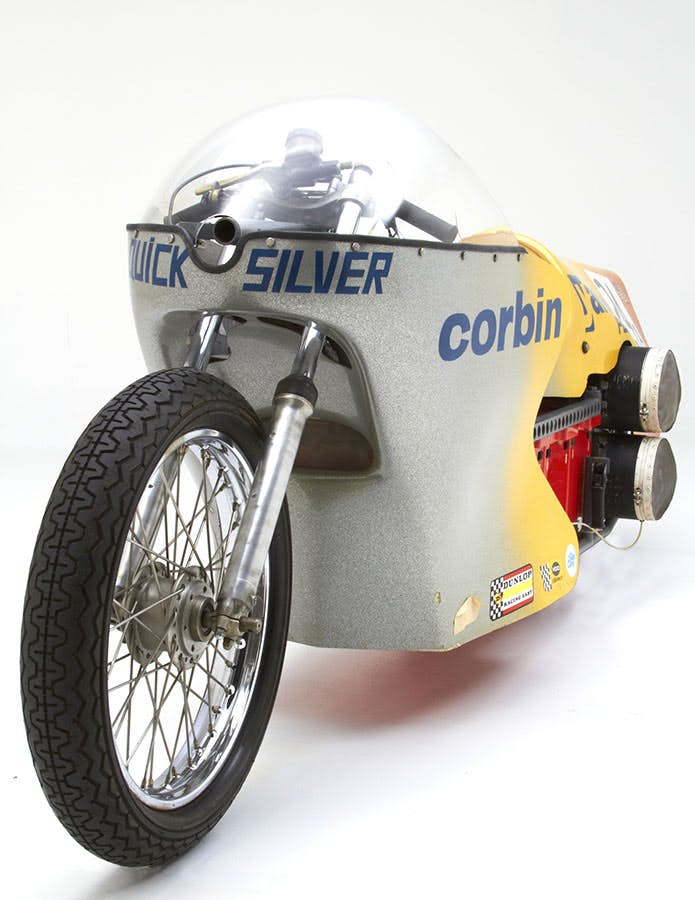
So we need 220 volts AC for the battery charger. I get my wife on the phone with this little hotel in Wendover, Utah—that’s near where Bonneville is. I says “Okay, Jane, don’t let the cat out of the bag. Call them up, make sure they have a washer and a dryer.” And I’m visualizing that I’m gonna have 220 with 30 amps, at least.”“She calls them up and they say ‘don’t worry, we’ve got a full laundry.’ So I’m telling the Yardney guys “yeah, we’re gonna charge the battery off their 220 volt dryer socket.” But we get there and what have they got? A 110 volt dryer. Seriously, you couldn’t dry two handkerchiefs in that thing. So now we’ve got no 220 plug.
“Well, we needed 220 volts, and there’s only one place we could get it! I’m looking up at the power pole… I used to work as an electrician, wiring houses out in Connecticut. So I knew exactly what I was looking at. But we didn’t have any wire! I mean you can’t go up there with a lamp wire, it’s not big enough. But jumper cables…
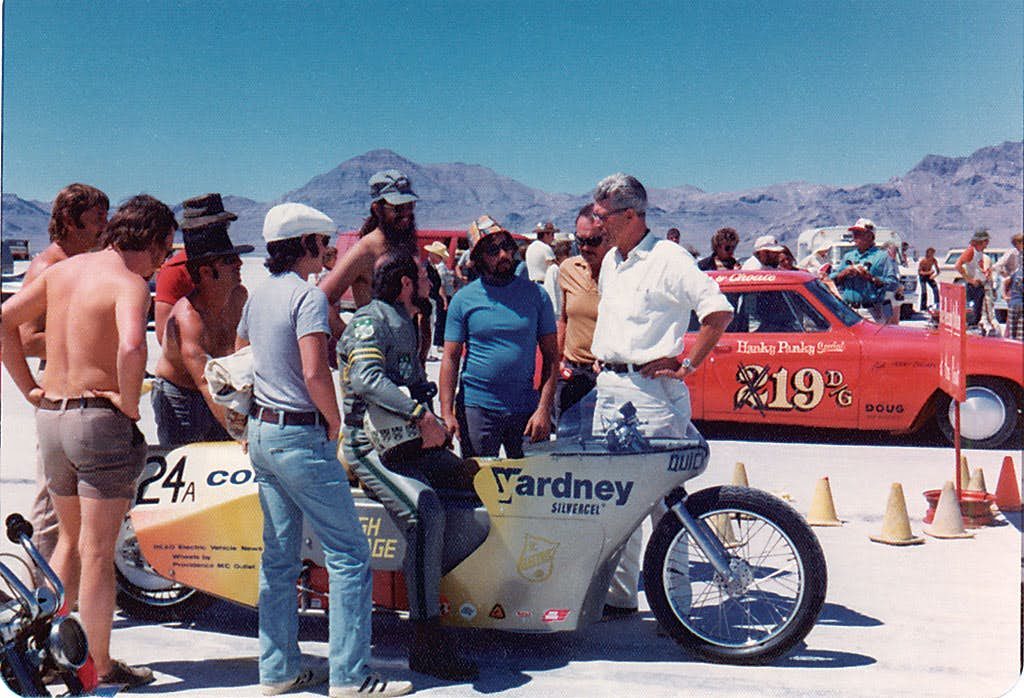
But it did the job!
“Yeah, we had a lot of fun,” Corbin said. “And that’s how we did the first motorcycle land speed record!”
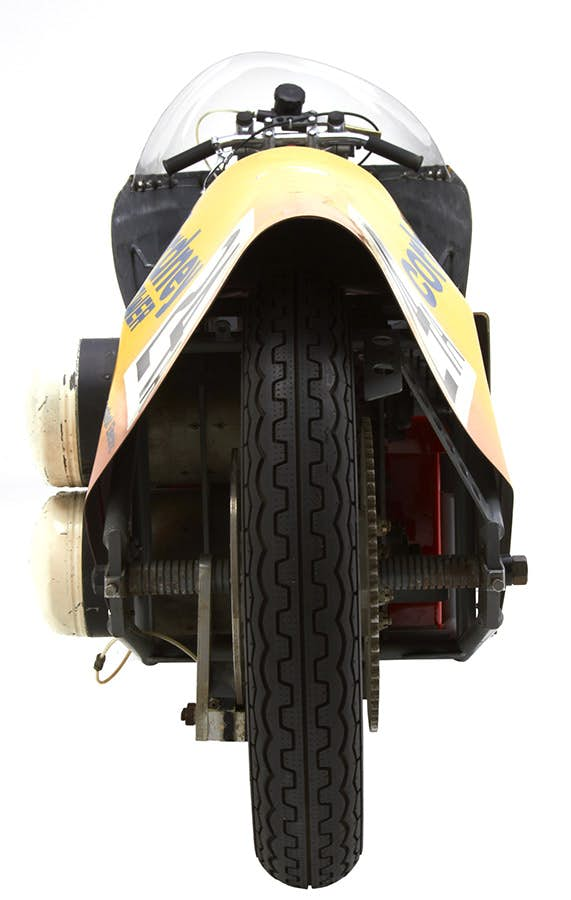

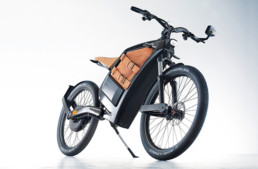
I’m not a big fan of straight line speed, but I just loved this marvelous tale! Congratulations for all the achievements and contributions to the electric dream \(*v*)/